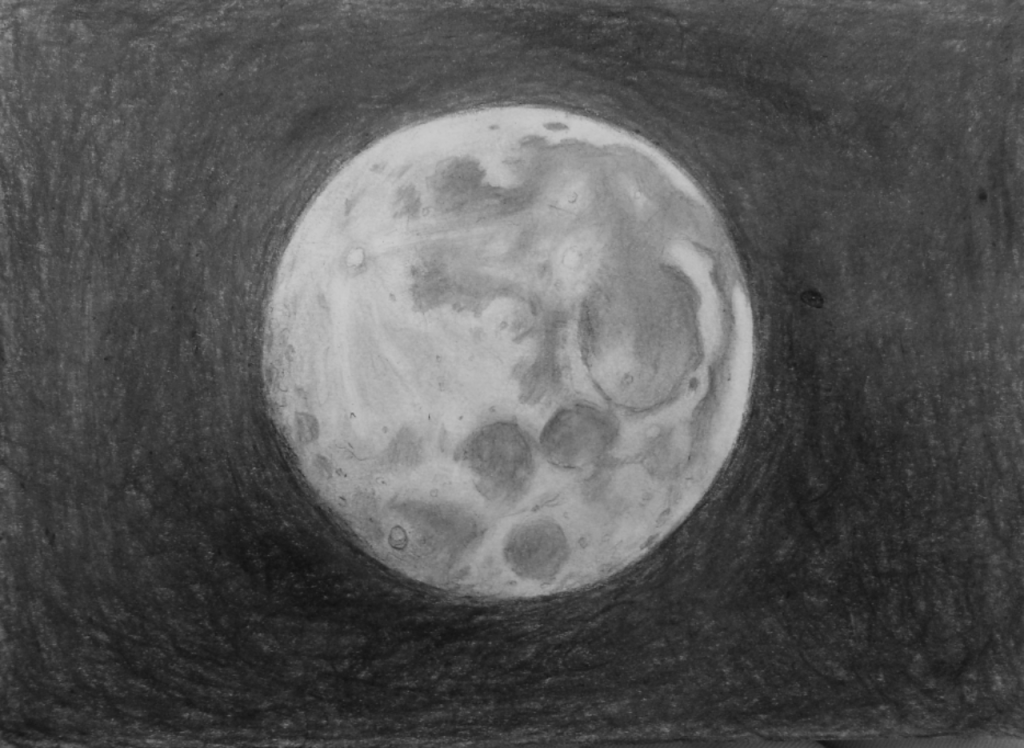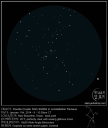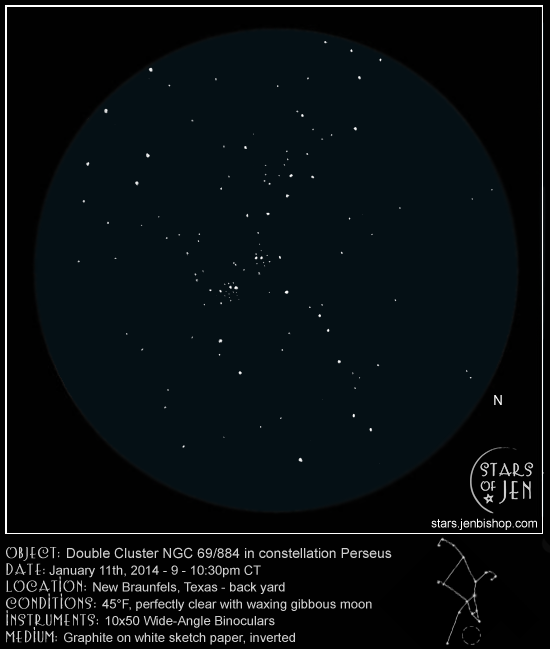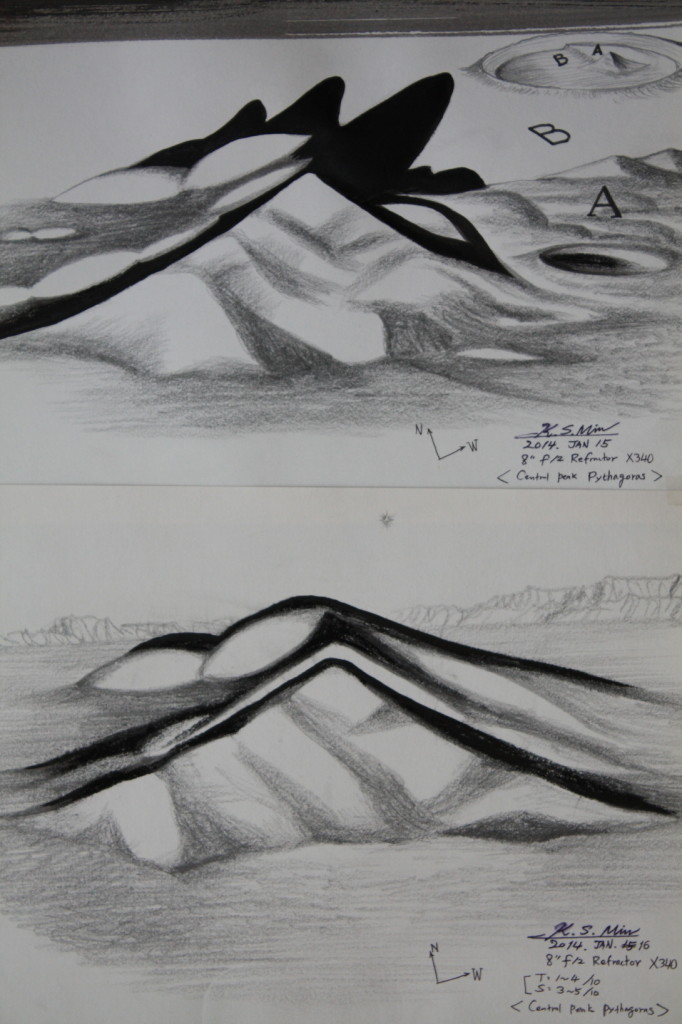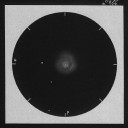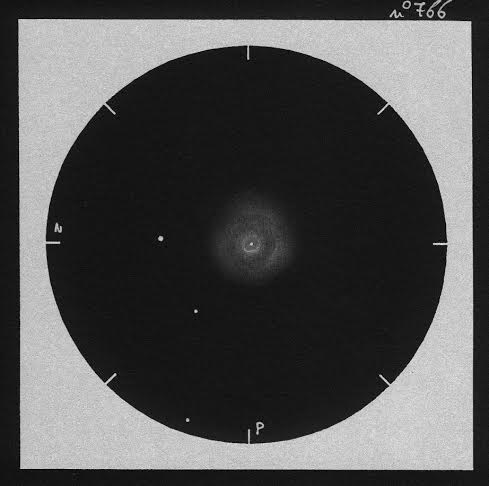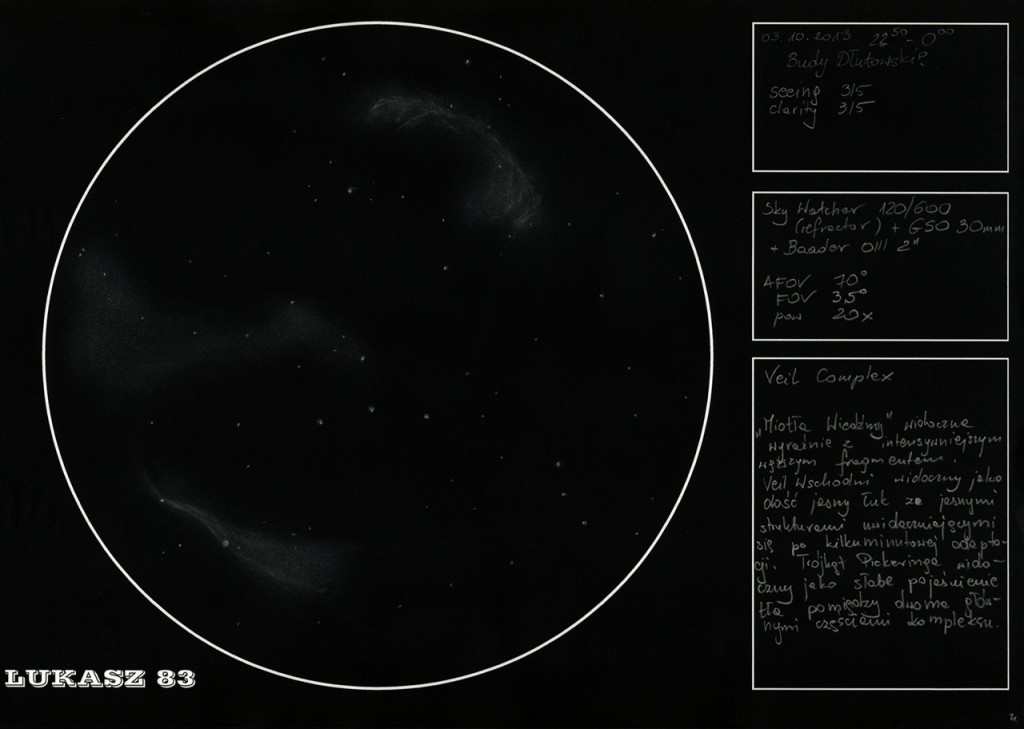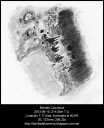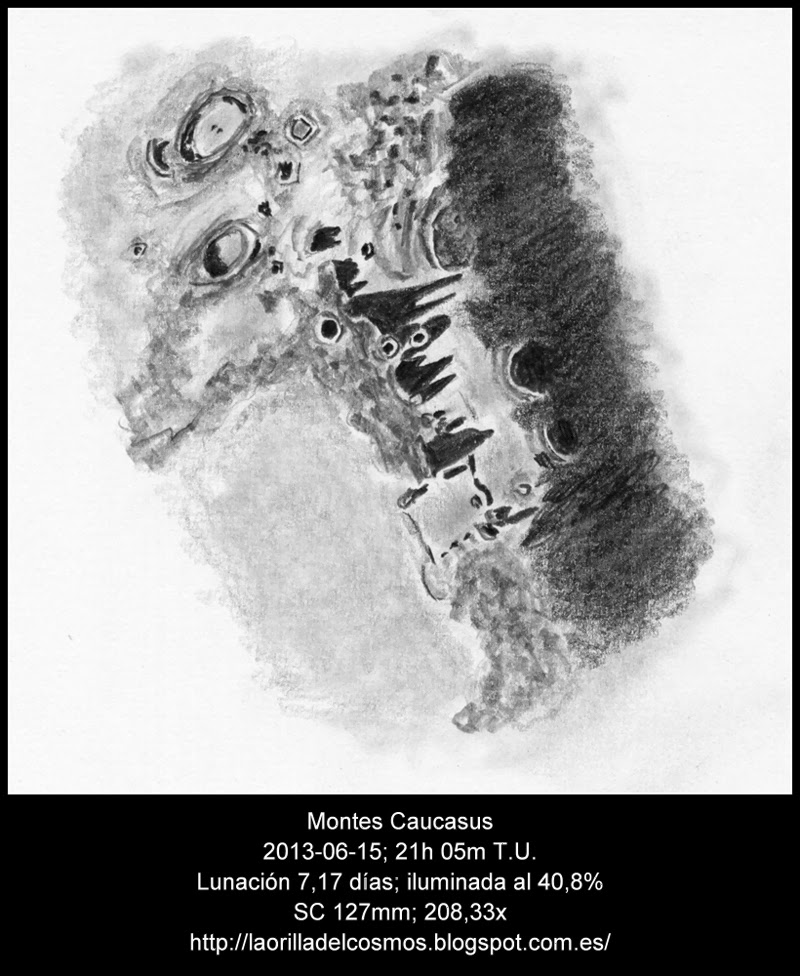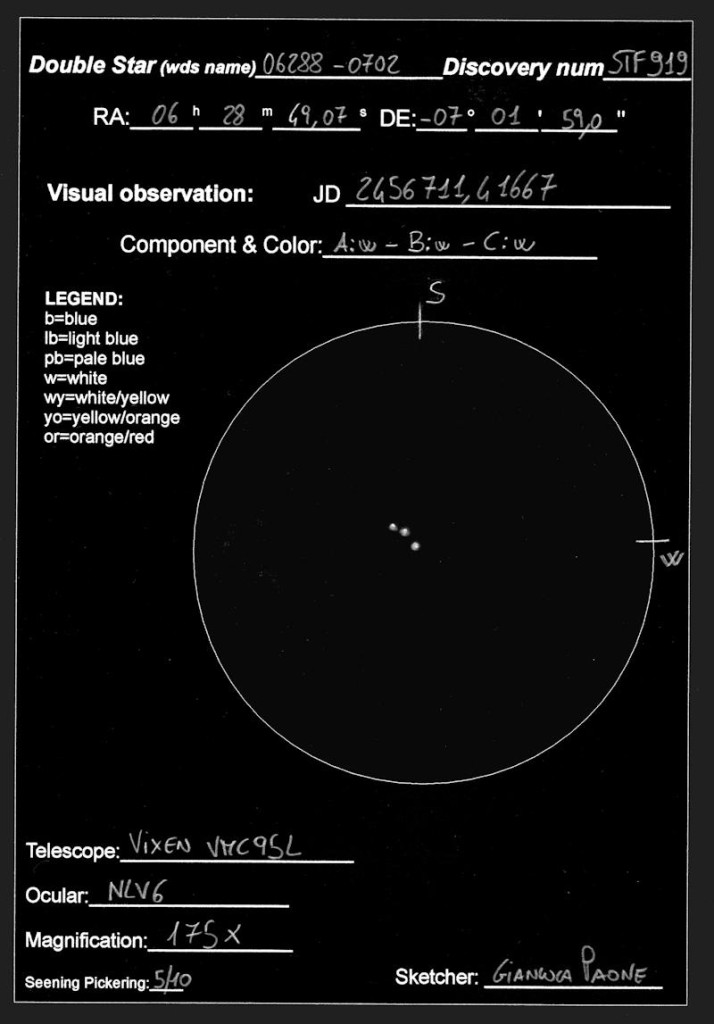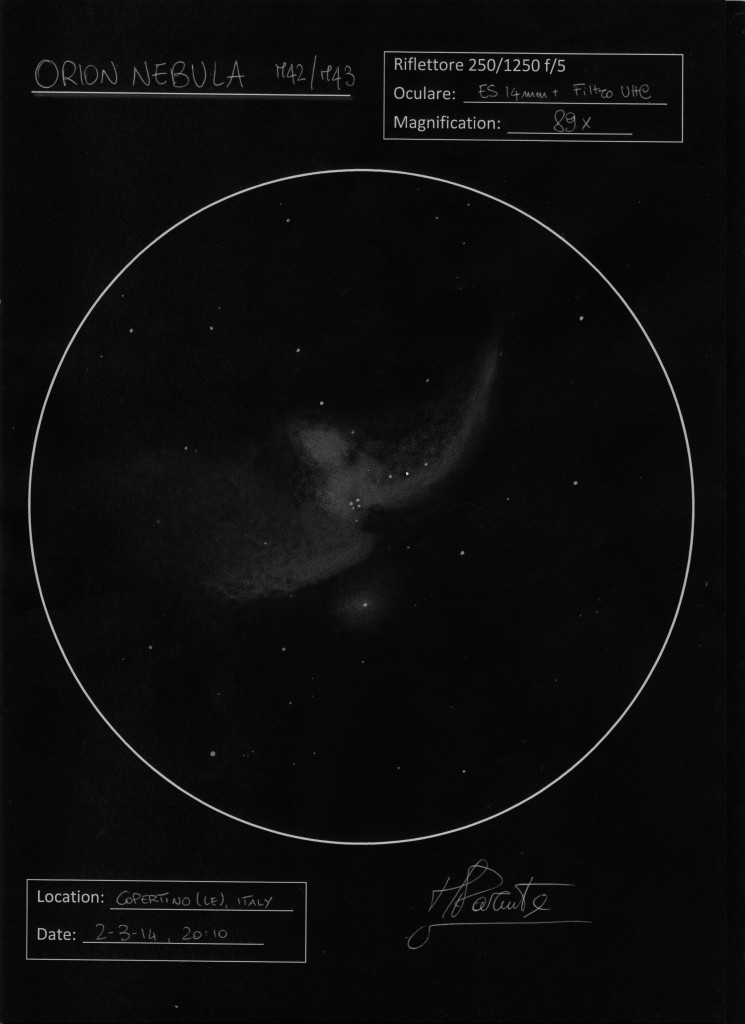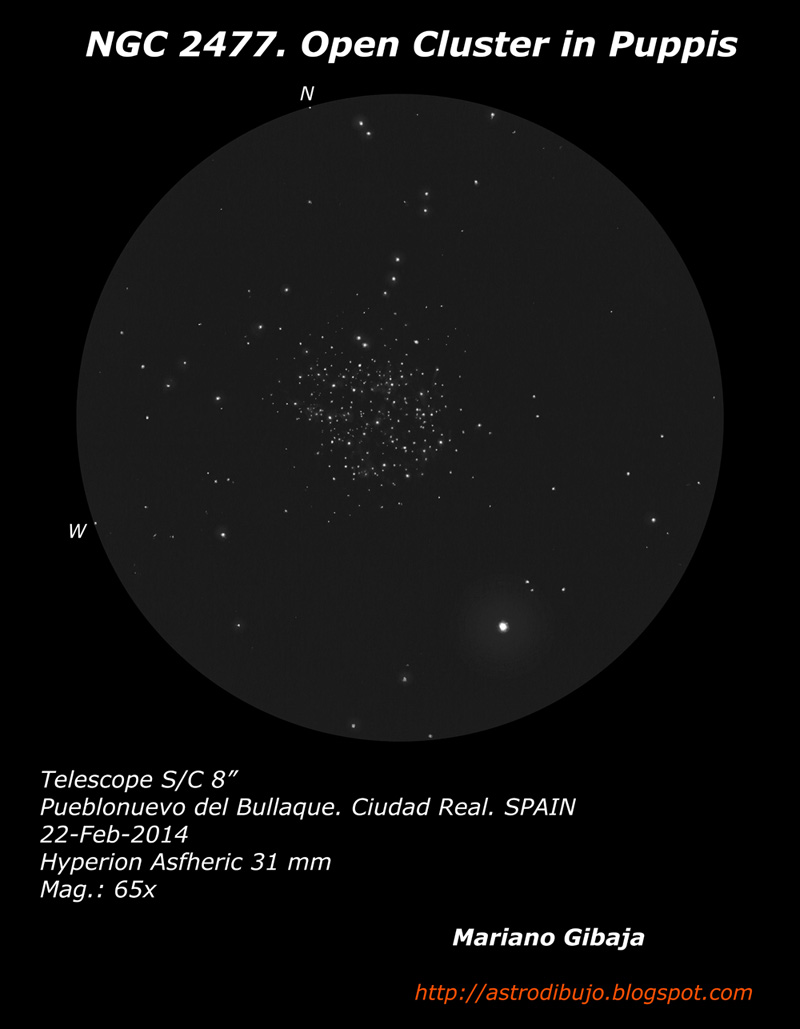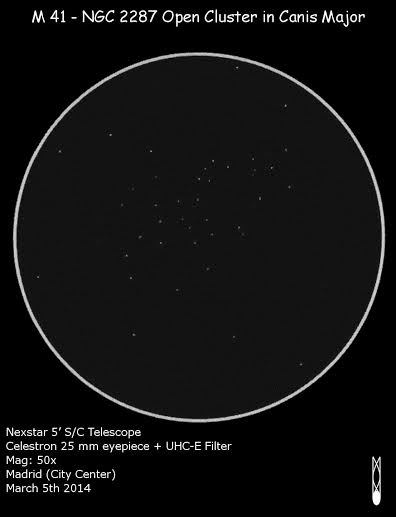
I’ve began to sketch from the center of Madrid to display what can be observed from a light-polluted place. Although the number and brightness of stars decreases fairly compared to a dark sky, I think you can still enjoy even if you can’t move to better skies
He empezado a dibujar desde el centro de Madrid para mostrar qué se puede observar desde un sitio con alta CL. Aunque el número y brillo de las estrellas disminuye bastante comparado con un cielo oscuro, Creo que aún se puede disfrutar si no puedes moverte a mejores condiciones.
•Object Name: M41 – NGC 2287
•Object Type Open Cluster
•Constellation: Canis Major; R.A.: 06h 46m; Dec: −20º 46′
•Location Madrid (City Center)
•Date March 5th 2014 22:15 h.(CET)
•Temperature: 9 ºC
•Seeing: 4/5
•Telescope: Celestron nexstar 5′ S/C.
•Eyepiece: 25 mm celestron
•Magnification: 50x
•Filter: Astronomik UHC-E.
•Media: Graphite pencil on white paper. Scanned and then inverted and processed image with GIMP
Clear skies!!


